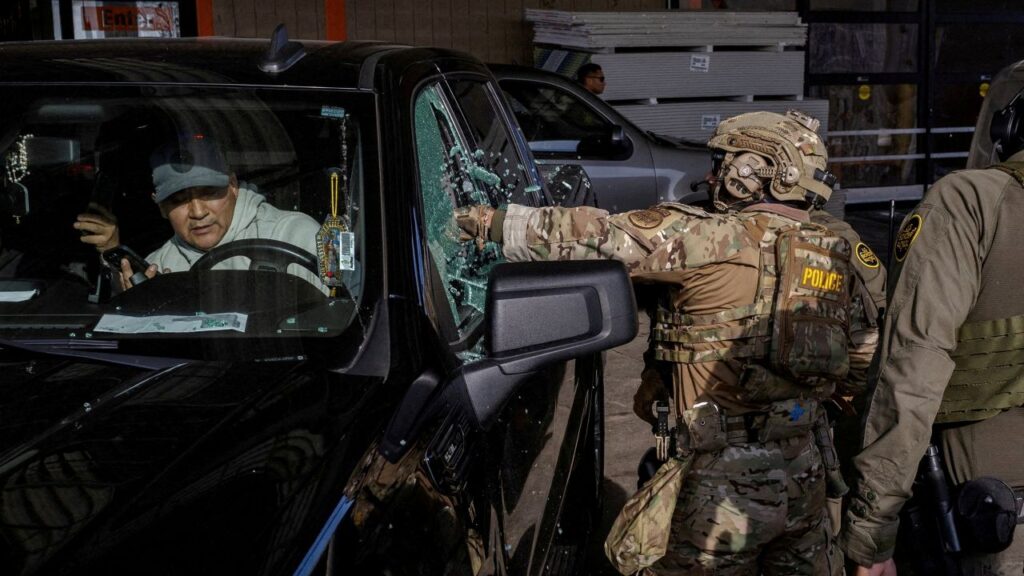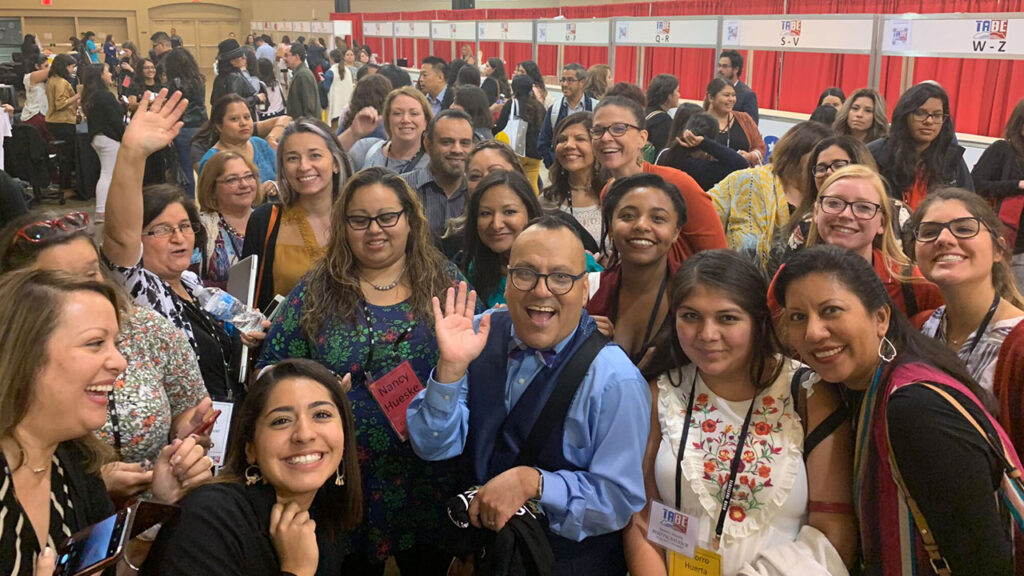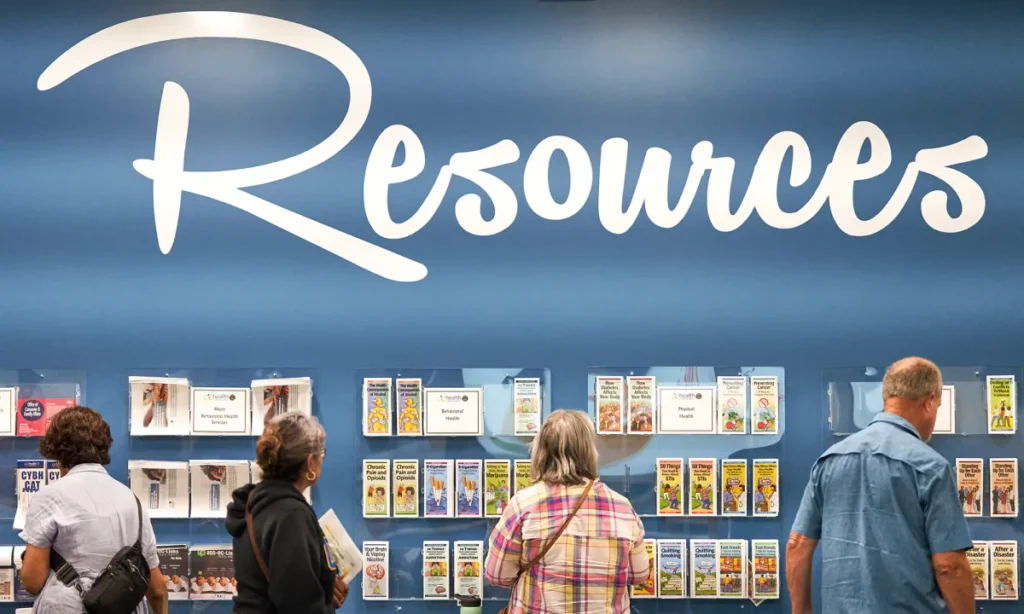Share
The latest report from HUD shows California leading the nation in homelessness and more than 80% of unsheltered individuals in the state’s big cities, Fresno among them.

“There’s absolutely no way we’re going to address all 4,000 of those people in six months or even in one year. It’s going to require us to be steadfast over the next four years in order to make sure that we’re housing and servicing as many as we possibly can.” — Fresno Mayor Jerry Dyer
The high cost of housing and mental health and drug addiction are among the reasons that people live on the streets.
Through Project Offramp, Fresno Mayor, Jerry Dyer hopes to tackle homelessness and housing affordability by renovating dilapidated motels and using them for temporary and transitional housing.
According to Dyer, there are about 4,000 homeless individuals in the city of Fresno, of which 423 individuals have been temporarily housed and removed from the city’s freeways.
“There’s absolutely no way we’re going to address all 4,000 of those people in six months or even in one year,” said Dyer. “It’s going to require us to be steadfast over the next four years in order to make sure that we’re housing and servicing as many as we possibly can.”
Fresno Veteran’s Journey into Homelessness
Jessica Her, who served in the Marine Corps for eight years, is but one example of someone who ended up homeless on the streets.
(Editor’s Note: Jessica Her is a pseudonym to protect her identity.)
She says the shame of asking for help and not having family and mental health support overwhelmed her.
“I got out of the military from overseas, and came back to no home,” said Her, who served overseas.
Her says that while she enjoyed the time she served, after coming back home, many of the things she experienced made her feel unsafe and left her riddled with trauma.
“I hate to see military out there (on the streets) because we’re already trained in a way and then you come back to something that’s completely different and it’s like nobody understands,” Her said. “But there’s so many of us — it’s like somebody should understand, you know. It’s easy for us to just fall into it (because) we’re prideful, you don’t want to say that you’re homeless.”
As a disabled vet, Her receives a monthly stipend of $1,400, but it wasn’t enough to pay rent and bills. She ended up spending months on and off through the pandemic homeless, sleeping in her car, and occasionally staying in motel rooms for the night, too afraid to ask for help and in fear of being taken advantage of.
She sought to stay at affordable motels but they weren’t always safe and, on a few occasions, she was followed and attacked. While safer hotels were a better alternative, she ended up having to pay more than what she was initially paying in monthly rent.
To make matters worse, during the pandemic, many motels were closed. Her said she had no other option but to lay low and become a “ghost.”
Finally, a Place to Call Home and College Registration
Battling anxiety and willing herself to seek help, Her got back on her feet with help from organizations such as WestCare, Centro de La Familia, RH Community Builders, Opening Doors, Marjorie Mason Center, and the VA.
Her received housing placement, signed up for college courses at Fresno City College, found permanent employment, and is being considered for an assistant manager position.
She is working for Habitat for Humanity and hopes to be eligible to apply for a home through the agency.
“I know I have so much to give to the world and so I would never want to be in the position to where I am needy again,” said Her.
In Fresno and Madera counties, homeless veterans make up 74.8% of unsheltered individuals.
Fresno’s Plan to Combat Homelessness With Newsom’s Help
Project Offramp, in partnership with the Fresno Housing Authority, has acquired six motels and renovated nearly all of them. Those rooms are used for emergency housing. Down the line, the goal is to provide a rapid-rehousing plan for up to six months. The expectation is that people will be able to pay their own rent for their temporary housing unit after the six months are up.
“The funding that we’ve been able to receive from the state and the federal government, primarily through Project Roomkey and Project Homekey, those funds are going to continue to come to us,” said Dyer. “Those are the dollars that have allowed us to purchase motels, either through us or the Housing Authority.”
Earlier this year, Gov. Newsom signed the housing and homelessness funding package as part of his California Comeback Plan, investing $12 billion to tackle homelessness overall. Of that amount, $5.8 billion – including $2.75 billion in funding to expand Homekey – will be used for up to 42,000 new homeless housing units and treatment beds, with housing options for those with the most acute behavioral health needs.
The governor’s office has stated that the additional Homekey funding will help purchase and rehabilitate buildings — including hotels, motels, vacant apartment buildings, tiny homes, and other properties – and convert them into up to 14,000 more permanent, long-term housing units for people experiencing or at risk of homelessness.
“California is moving with unprecedented speed to house people experiencing homelessness, through Homekey,” said Newsom. “We are going all in on solutions that work – tackling the homelessness crisis head-on with a constructive, compassionate approach and a focus on serving those with the most acute behavioral health needs.”
Dyer hopes that sometime soon the city will see some of that additional state funding to acquire more motels.
“In fact, we’re laying the groundwork now identifying which motels and what the refurbishment cost would be, and then working with the Housing Authority on that,” said Dyer.
High Cost of Living Exacerbates Homelessness
HUD’s 2020 report found that California accounted for the highest percentage rates of chronically homeless individuals, unaccompanied youth, and unsheltered homeless veterans. Nearly 4% more California veterans were on the streets than in HUD’s previous report.
Oregon, Idaho, Tennessee, South Carolina, and Washington had the highest percentages of homeless families with children for the 2020 year. However, through the years 2007-2020, California saw the largest increase of 14.6% in homelessness among families with children.
A recent report by the California Housing Partnership reveals that 36,000 low-income households are without affordable housing in Fresno County. The median price of a single-family home last May in Fresno County was $361,500, an increase of more than 22% compared to May 2020.
And, RentCafe, reports that the average rent for an apartment in Fresno is $1,354, a 16% increase compared to the previous year, which was up 14.9% from 2019.
Dyer says he anticipates some displacement because of the eviction moratorium ending, but he expects the city and local nonprofits to help folks find housing.
“I’m fairly confident we are going to see some displacement — we’re going to see folks that face eviction for whatever reason, and they find themselves out on the street,” said Dyer. “We’ve been working with different organizations like the Marjorie Mason Center and Breaking the Chains to lessen some of that impact.”
Long-term Plans to Combat Housing Unaffordability
Besides remodeling motels, the city is working with companies that build pre-fabricated homes to offer more affordable housing. Dyer says these pre-fabs could cost about $40,000 to $50,000.
“They are definitely, I believe, going to be a big part of our overall plan and solution to addressing homelessness and affordable housing,” said Dyer.
On Monday, Newsom said his office will team with federal agencies to launch “House America” using funding from the American Rescue Plan Act.
The goal: 84,000 new affordable homes for Californians, including 44,000 new housing units and treatment beds for people exiting homelessness.



















